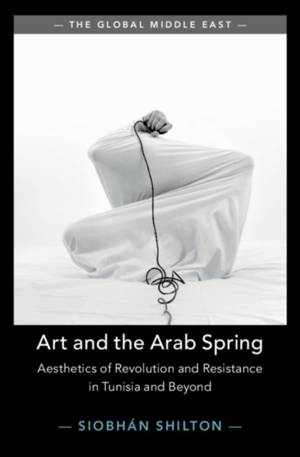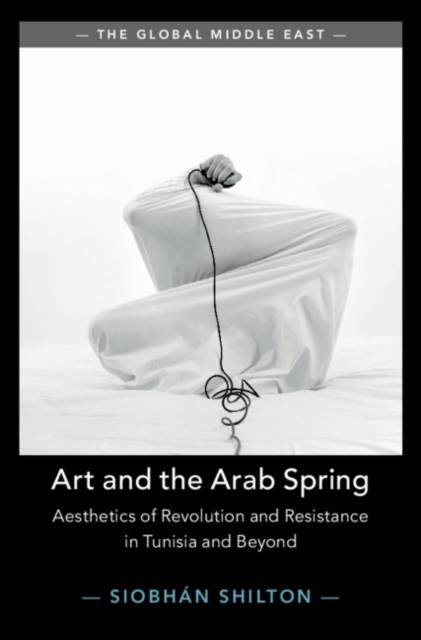
- Afhalen na 1 uur in een winkel met voorraad
- Gratis thuislevering in België vanaf € 30
- Ruim aanbod met 7 miljoen producten
- Afhalen na 1 uur in een winkel met voorraad
- Gratis thuislevering in België vanaf € 30
- Ruim aanbod met 7 miljoen producten
Zoeken
Art and the Arab Spring
Aesthetics of Revolution and Resistance in Tunisia and Beyond
Siobhan Shilton
€ 158,95
+ 317 punten
Uitvoering
Omschrijving
The revolutions that began to sweep across countries in North Africa and the Middle East in December 2010 - like other revolutions in diverse modern historical contexts - have often been articulated, internally and externally, in black and white terms of success or failure, liberation or constraint, for or against, friend or enemy. These internal and external clichés are perpetuated by what Jellel Gasteli has called 'icons of revolutionary exoticism'. Paying particular attention to works from the Tunisian Revolution of 2011, this book examines a diverse body of art including photography, sculpture, graffiti, performance, video and installation by over twenty-five artists. Examining how art can evoke the idea of revolution, Art and the Arab Spring reveals a new way of understanding these revolutions, their profound cultural impact, and of the meaning of the term 'revolution' itself.
Specificaties
Betrokkenen
- Auteur(s):
- Uitgeverij:
Inhoud
- Aantal bladzijden:
- 250
- Taal:
- Engels
- Reeks:
- Reeksnummer:
- nr. 16
Eigenschappen
- Productcode (EAN):
- 9781108842525
- Verschijningsdatum:
- 8/07/2021
- Uitvoering:
- Hardcover
- Formaat:
- Genaaid
- Afmetingen:
- 152 mm x 229 mm
- Gewicht:
- 517 g

Alleen bij Standaard Boekhandel
+ 317 punten op je klantenkaart van Standaard Boekhandel
Beoordelingen
We publiceren alleen reviews die voldoen aan de voorwaarden voor reviews. Bekijk onze voorwaarden voor reviews.











